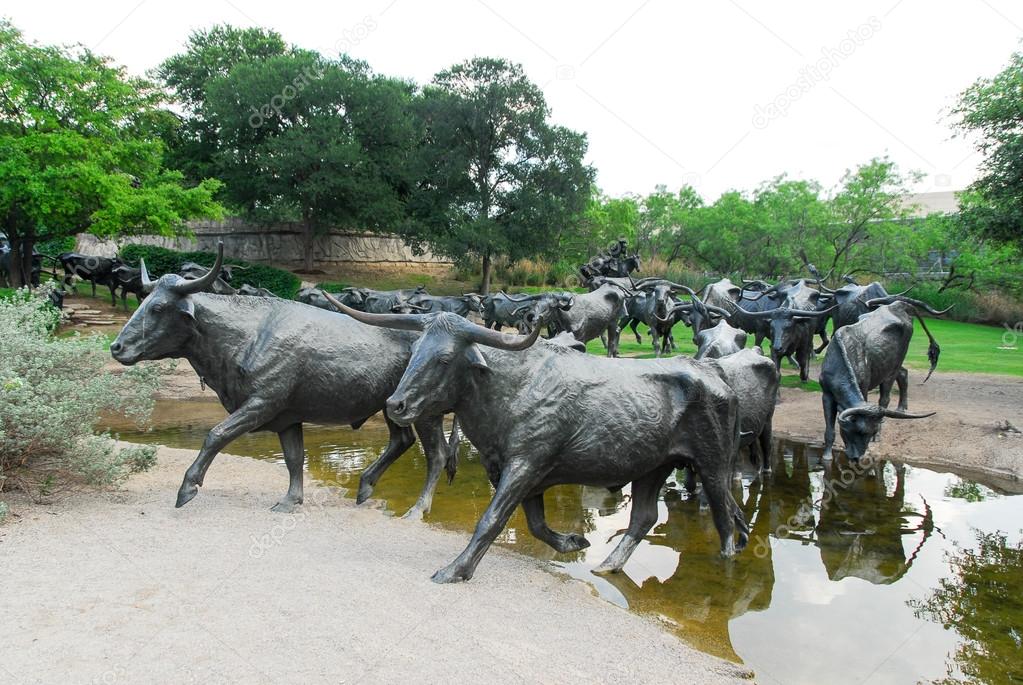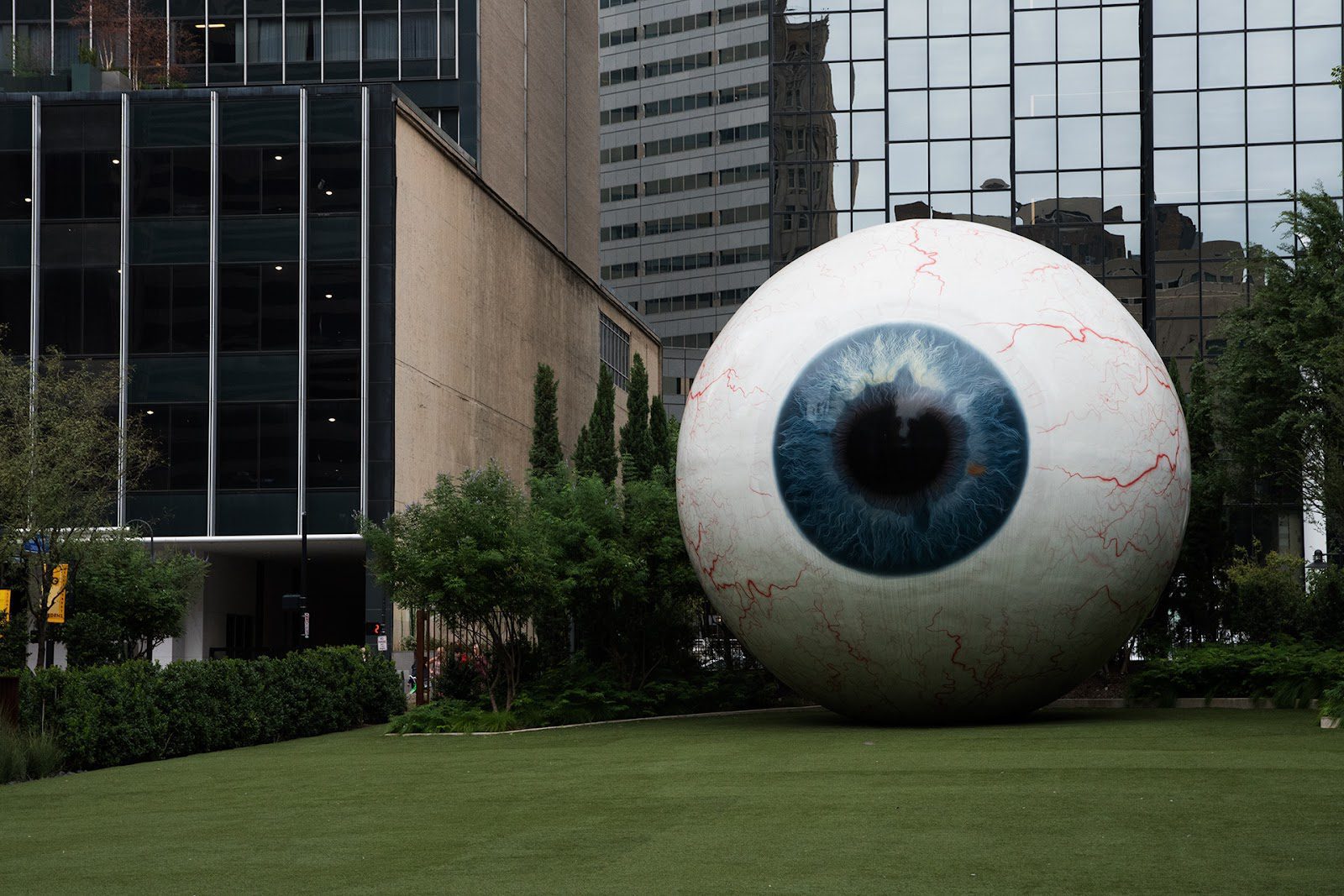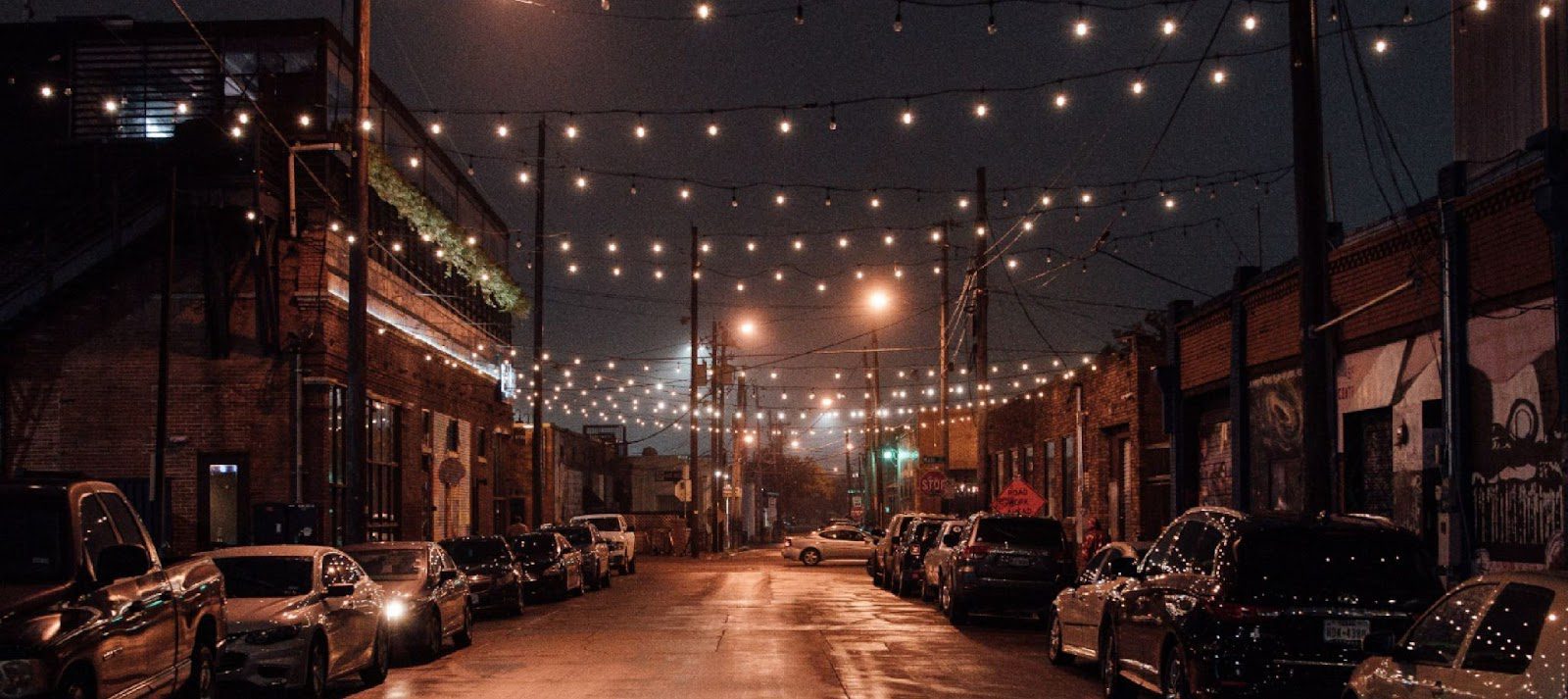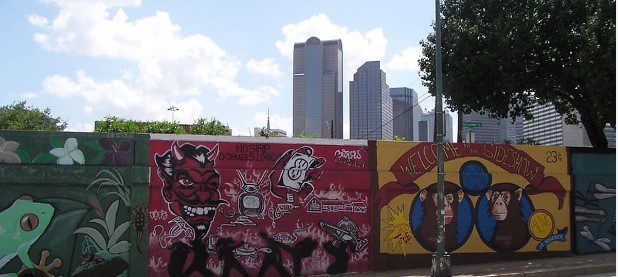Dallas is an open and at the same time mysterious city. It is open to tourists of all ages, wealth and interests as well as mysterious with its magnificence and secrets hidden in its every landmark. Learn more at dallas-future.
In this article, we will introduce you to interesting local monuments, which sometimes don’t even have names or purpose.
The Cattle Drive Sculptures, the most famous ones in Dallas

The Cattle Drive Sculptures are located in the Pioneer Plaza park. They are now located in the place where the railway used to be. The composition of the sculptures was installed in 1994. Cattle Drive symbolizes the western soul of the state and the city.
The idea and creation of the composition belongs to the developer Trammel Crow. The project cost $9 million, half of which was charitable contributions from private individuals and local companies.
The creation of the sculpture began in 1992. Despite its elegance, the sculpture found its opponents among artists. They filed a lawsuit against its creators, claiming that it didn’t fit into the city’s architecture. The artists also insisted that cattle wasn’t part of Dallas’ history.
“a herd of lawyers, bankers and insurance men stampeding through town” would have been more accurate, said William Easley (a sculptor).
Many opponents of the sculpture pointed out that cattle and cowboys are too rough for business and technological Dallas.
The court rejected the claim and the sculpture was opened on time.
The sculptures are works of art

The sculptures are made of bronze. It was officially decided that the three cowboys would be an American, a black man and a Mexican. Such a choice, again, has its own implication, three races, which lived in Dallas and created its history. The creator of the sculptures, Robert Summers, placed a fly on the tail of one of the horses. And one of the bulls is branded D. Six.

The complex of sculptures includes 70 figures of bulls and 3 cowboys, the composition shows the crossing of cattle across the river. It was a frequent phenomenon in Texas in the 19th century.
Each bull sculpture is of real size. The sculptures perfectly convey the static movement of animals and cowboys, as if the creator depicted a movie frame.
If you look at a cowboy for a long time, it seems he will come to life and his horse will trot to lead the herd.
The sculpture also includes a man-made ridge and limestone rock. A local stream and a small waterfall complete the picture as well.
This composition is one of the most visited outdoor monuments in Dallas.
The Nasher Sculpture Center

The Nasher Sculpture Center is an open-air museum of modern sculpture assembled by Patsy and Raymond Nasher. It is located on a plot of 0.9 ha near the Dallas Museum of Art.
History. Raymond and Patsy Nasher have been collecting since the 1950s. During that period, they collected a considerable number of works of art by famous contemporary artists.
Some of them are
- Harry Bertoia
- Constantin Brâncuși
- Alexander Calder
- Raymond Duchamp-Villon
- Paul Gauguin
- Willem de Kooning
- Mark di Suvero
- Alberto Giacometti
- Barbara Hepworth
- Ellsworth Kelly
- Henri Matisse
- Joan Miró
- Henry Moore
- Claes Oldenburg
- Pablo Picasso
- Auguste Rodin
- Richard Serra
- and David Smith.

The creation of the exhibition began with the purchase of a plot in downtown Dallas by Raymond Nasher in 1997. In total, the Nasher Foundation spent $70 million on the construction of an indoor museum and outdoor exhibitions.

The exhibition opened its doors in a 55,000-square-foot (5,100 m2) building in 2003. It is divided into two levels. The first level houses four galleries, employees’ offices and a meeting hall.
Each month, the museum and surrounding area host a variety of events with outdoor dining, twilight walks, band performances, film screenings, discussions and famous speakers.
The Giant Eyeball

In downtown Dallas, you can come across a large (930 feet (9.1 m) high) eye with a blue iris. It seems a giant’s eye contemplates passers-by and buildings around. This is not an image from a horror film but a modern sculpture.
This futuristic sculpture was created in 2007 by the Chicago artist Tony Tasset. The sculpture is made of fiberglass and is a 100% copy of the artist’s eye. He presented his sculpture at the Nasher Sculpture Center in 2014.
“When I make a public piece, I wanted to make something that speaks to a lot of people… The eye is just one of those images that has been used throughout history over and over and over again”, said Tony Tasset about his creation at the Center during the presentation.
Since 2013, the Giant Eyeball on the green lawn has become a hit on social networks.
The sculpture has no specific subtext. However, the area used to be under the first Dallas skyscraper. It was built in 1909 and stood empty until it began to collapse. The first Dallas skyscraper was demolished in 2012.
The Giant Eyeball on the green lawn is a popular attraction in the city. Local guides say that the site is often rented for enchanting wedding ceremonies. The above-mentioned information is noted by https://artandseek.org/2021/03/.
Sculptures and street art in the artistic Deep Ellum neighborhood

Deep Ellum is the oldest neighborhood in Dallas. Some historians claimed that this was where the history of the city began. After the territory of the state separated from Mexico, Texas was one of the few places where the black population lived freely.

When the first railroad was built here, 500 African Americans already lived in Deep Ellum. The district had its own vibe.
As Dallas developed, the Deep Ellum neighborhood became a center of industry, music and entertainment. The crime rate sometimes exceeded the norm. At the end of the 20th century, the city authorities offered the residents of the Deep Ellum neighborhood to move to another part of the city, so they could demolish it. However, local artists didn’t allow it to happen. They initiated gentrification (the process of renewing old walls and facades), which helped preserve the district’s identity.

Life in Deep Ellum continues in the rhythm of art, music and entertainment. In the 21st century, the place is known as Dallas’ artistic neighborhood.
Artists have turned old and unsightly walls into works of art. Sculptors created figures with no specific context and basis, but in our opinion are the soul of the Deep Ellum neighborhood.
The John Fitzgerald Kennedy Memorial

The memorial is a monument to John Fitzgerald Kennedy, the 35th president of the United States. It was created by architect Philip Johnson in 1970 and installed in the West End district of Dallas.
The funds for its construction ($200,000) were raised by the residents of Dallas, as the last tribute to John Kennedy.
The memorial is located 180 m from the place where Kennedy was assassinated.
The Cenotaph

The memorial is built in the form of a cenotaph (an open tomb). It is a square roofless structure with two narrow openings measuring 30*50*50 feet (9.1*15*15 meters). According to the architect, the memorial symbolizes the freedom of John Kennedy’s spirit.
Inside, there is a block of granite that resembles a tomb. John Fitzgerald Kennedy’s name is engraved on it in gold letters.
About half a million tourists visit the memorial annually. The Sixth Floor Museum and the John Fitzgerald Kennedy Memorial are the most visited places in Dallas.
Dallas is interesting and original, big and deserted. The city has many monuments and interesting sculptures, which render its soul in their creators’ visions.